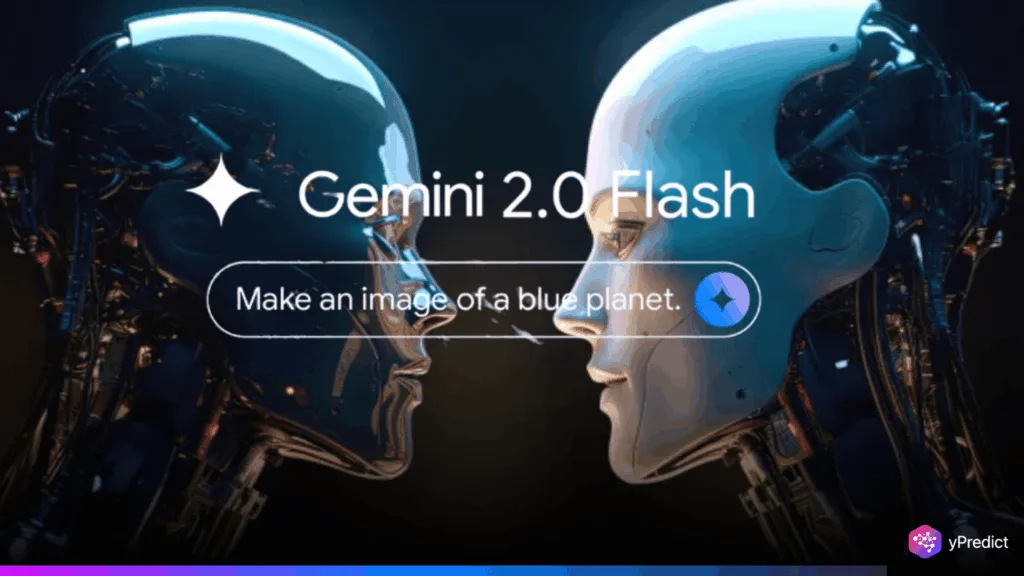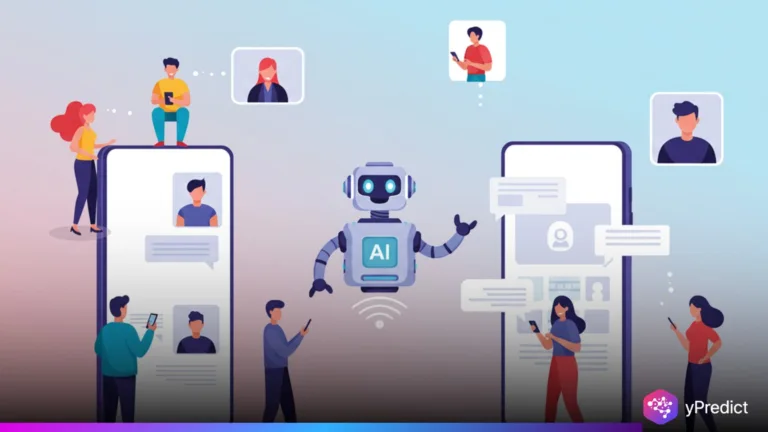
Google has taken a significant leap in AI image generation with the release of Gemini 2.0 Flash, now available for free in preview. This latest model brings sharper image quality, enhanced text rendering, and more intuitive editing features for users and developers alike. With access through the Gemini app, Google AI Studio, and Vertex AI, users can seamlessly generate or modify images using conversational prompts. The company continues to innovate by enabling layered watermarking and dynamic content editing.
Revolutionizing AI Image Generation with Gemini Flash
The newly introduced Gemini 2.0 Flash model delivers major performance boosts, enhancing the experience of AI image generation. Compared to earlier experimental versions, this update produces more accurate visuals and text while significantly reducing filter-blocked outputs. For the first time, users can edit specific image elements, like hair color, background, or objects, without starting from scratch.
Notably, Gemini Flash enables users to upload personal images and customize them with simple prompts. From altering styles and textures to inserting new elements, the model blends text and image commands in a single, fluid workflow. This allows for creative tasks such as crafting illustrated children’s stories or reimagining personal photos with real-time visual changes.
How Does Gemini Flash Enable Smarter Editing?
With this update, Google opens the door for Google AI developers to explore conversational editing at scale. Through Google AI Studio or Vertex AI, developers can access the model and begin integrating it into apps and services. They can also benefit from higher rate limits. These improvements bring the potential for smarter design tools, marketing creatives, and custom visual solutions.
Gemini 2.0 Flash is a flexible tool for both engineers and creators because it allows for collaborative real-time editing. Additionally, it facilitates the creation of new product SKUs by allowing for both text and image inputs. One example shared by users was generating both story text and illustrations, showcasing the power of integrated AI image generation.
To ensure transparency and authenticity, Google has added two types of watermarking. A visible “AI” label appears in one corner of each image. However, the SynthID digital watermark, which is invisible, aids in identifying synthetic content without compromising its quality. These measures enhance trust while supporting ethical usage.
What’s Next for AI Image Generation Tools?
Currently, the upgraded tools are available primarily in the U.S., with both free and paid users seeing the rollout within their Gemini app. Developers enjoy higher usage caps, giving them a head start in embedding Google AI features into new and existing platforms. This limited preview also offers valuable feedback that can guide the next production phase.
Gemini 2.0 Flash invites users to ideate with Gemini Flash as a creative partner. It can be used for marketing visuals and rapid prototyping because of its conversational capabilities. As generative technology grows, the combination of flexibility, speed, and precision signals a broader evolution in digital content creation. As user enthusiasm grows, Google may soon expand these features globally.
AI Image Generation Leads the Way
With Google’s enhanced AI image generation capabilities, users can interact with images in fresh, expressive ways. The tools are a significant step toward more smart, conversational design systems, ranging from stylized edits to imaginative storytelling. This free update in Gemini Flash symbolizes a future where creativity and accuracy can coexist effortlessly.






